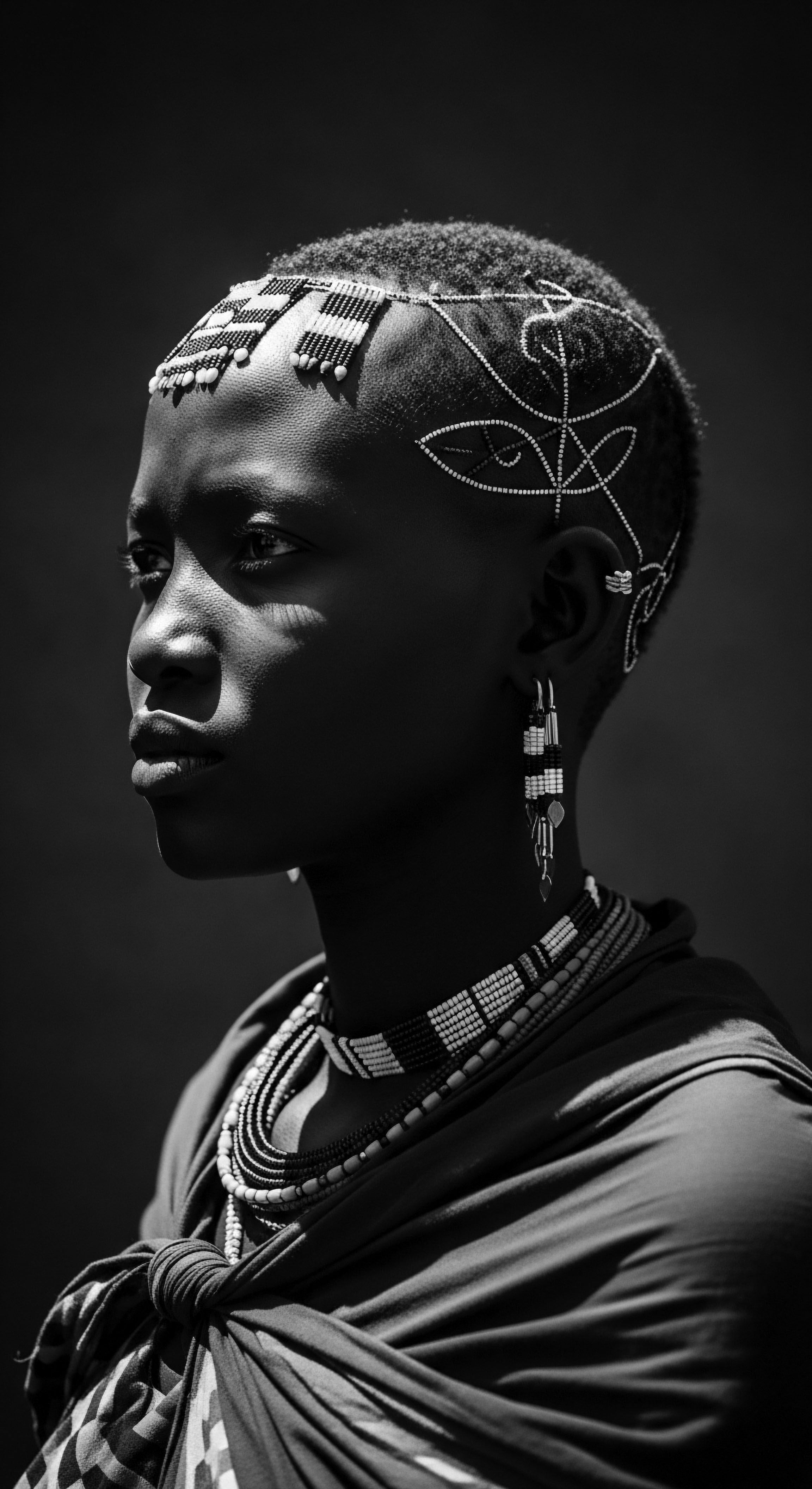
What ancestral knowledge of textured hair did early cultures possess?
Early cultures possessed deep knowledge of textured hair, utilizing natural ingredients, protective styles, and tools that expressed identity and heritage.

What plant-based ingredients cleaned textured hair naturally through history?
Plant-based ingredients like yucca, shikakai, soapnuts, and various clays historically cleansed textured hair, deeply rooted in ancestral heritage and cultural practice.

What ancestral ingredients were traditionally used for textured hair cleansing and why?
Ancestral textured hair cleansing used natural clays, saponin-rich plants, and fermented waters to gently purify and honor heritage.

What traditional ingredients benefit textured hair from a heritage perspective?
Traditional ingredients, born from ancestral wisdom, deeply nourish textured hair, preserving a rich heritage of resilience and cultural identity.

In what ways do modern hair care rituals connect to ancient African traditions?
Modern textured hair care rituals directly connect to ancient African traditions through enduring practices of protection, adornment, and the use of natural ingredients, all rooted in profound cultural heritage.

Can modern science explain the effectiveness of ancient hair rituals?
Modern science confirms ancient textured hair rituals work by supporting hair structure, moisture balance, and scalp health, honoring ancestral wisdom.

How does ancestral knowledge of clays benefit textured hair?
Ancestral knowledge harnesses clays for textured hair by providing gentle cleansing, mineral enrichment, and protective styling rooted in historical practices.

Can Himba hair practices provide wisdom for modern textured hair care?
Himba hair practices offer ancestral wisdom for textured hair through protective styling, natural conditioning, and a holistic approach rooted in heritage.

Can Traditional Hair Care Ingredients Improve Contemporary Textured Hair Health?
Ancestral hair care ingredients enhance contemporary textured hair health by offering time-honored solutions rooted in deep cultural heritage.

How did indigenous cultures purify textured hair before modern products?
Indigenous cultures purified textured hair using natural ingredients and rituals, deeply connecting cleansing to heritage and holistic wellbeing.

In what historical ways do oils connect to textured hair heritage?
Oils have historically been integral to textured hair heritage, providing moisture, protection, and cultural significance across generations and geographies.

What traditional practices sustain hair health?
Traditional practices sustain textured hair health by honoring its unique heritage through moisture, protection, and communal care.

What ancestral rituals for hair care reveal enduring cultural connections to identity?
Ancestral hair rituals for textured hair illuminate deep cultural connections to identity, reflecting heritage, resilience, and spiritual meaning.

How did ancestral African practices address hair moisture?
Ancestral African practices addressed hair moisture through natural emollients, strategic protective styles, and holistic rituals, deeply rooted in textured hair heritage.

How did ancestral hair cleansing methods honor heritage?
Ancestral hair cleansing honored heritage by connecting textured hair care to natural resources, cultural identity, and communal well-being.

What is the cultural significance of hair oils in Black heritage?
Hair oils in Black heritage are elemental to textured hair health, weaving ancestral wisdom into enduring rituals of care and identity.

What ancestral customs influence textured hair care routines today?
Ancestral customs shape textured hair care today by emphasizing natural ingredients, protective styles, and hair as a sacred extension of cultural identity.

Which ancestral plant oils nurtured textured hair?
Ancestral plant oils like shea, castor, and coconut were key to nurturing textured hair across diverse heritage traditions.

